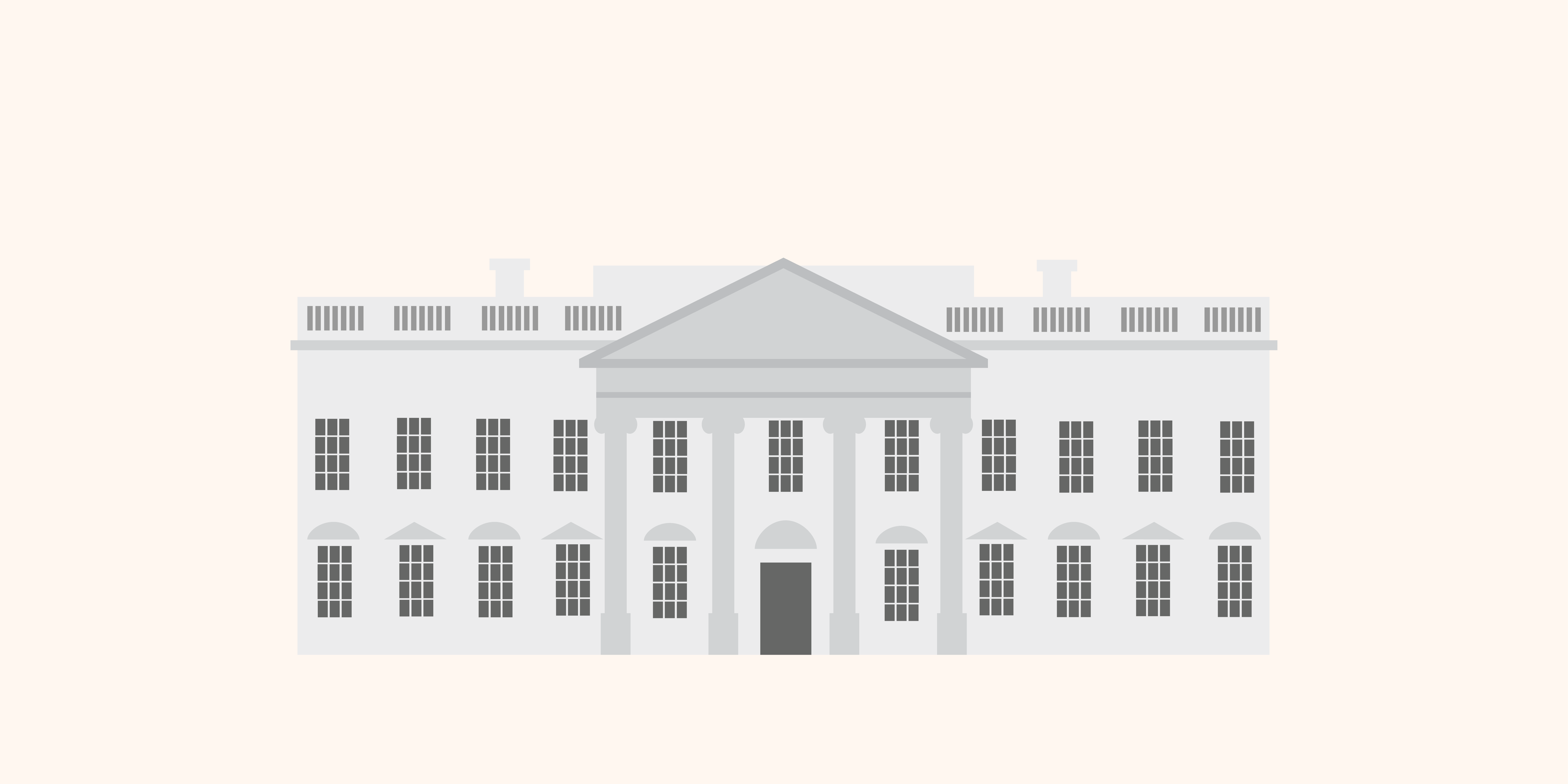Bonds sometimes come with specific features that can make them more attractive in certain market or economic environments.
Traditional or conventional bonds without any features are commonly referred to as straight bonds.
The most common bond features are callable, convertible, covered, expandable and retractable.
Callable
The call feature on a bond gives the issuer the right to compel bondholders to turn in their bonds within a certain timeframe for the call price.
The call price is the amount paid to bondholders if the bond is called.
Call features are widely used on corporate and municipal government bonds.
In the event of a call, investors miss out on future coupon payments they were to receive past the call date.
Issuers use a call feature to buy back their bonds and replace them with lower interest rate bonds, if interest rates decline.
Callable bond prices may be lower than straight bond prices because callable bonds have limited up-side potential compared to straight bonds.
Convertible
The convertible feature means the bonds can be converted into a specific number of common shares based on the specified conversion ratio.
Conversion can only happen at certain times during the bond’s life and is usually at the discretion of the bondholder, but sometimes at the discretion of the issuer, which is known as a forced call provision.
The convertible feature means the bond’s coupon rate is lower than what it would have been without the convertible feature.
Convertible bonds can offer equity-like performance with bond-like protection.
The value of a convertible bond can be sensitive to changes in any or all of interest rates, underlying stock price, and the issuer’s credit rating. Whether and how much each factor has an impact hinges on whether the call is in-the-money or not.
This feature may prove valuable when central banks are raising interest rates.
A convertible bond’s price is the price of the straight bond plus the price of the call option.
Covered
A covered bond is issued by a financial institution and secured against a collateralized pool of loans on their balance sheet.
The collateral pool of loans provides an additional layer of protection for covered bond investors.
Covered bonds’ collateral pools may include public sector and mortgage loans.
Covered bonds could prove especially attractive during times of market or economic turmoil.
Covered bonds are popular in Europe but are relatively new in North America.
Pricing usually entails a small premium above government bonds since the borrowers are almost exclusively low risk and there is collateral behind covered bonds.
Extendable
The extendable feature means the bonds have an embedded option for holders to extend maturity by a number of years.
Extendable bonds entail ‘stapling’ together a shorter-term straight bond and a call option to buy a longer-term bond.
The extendable features means the bond’s coupon rate is lower.
Investors get the potential upside of a longer-term bond if interest rates fall, with the lower price volatility of a shorter-term bond. Essentially, a longer-term bond without the risk of a longer-term bond.
The price of an extendable bond is typically higher than the price of a straight bond because the embedded option is potentially valuable to investors.
Retractable
The retractable feature is essentially a put option that allows holders to compel the issuer to redeem the bond before maturity and repay the principal.
Retractable bond investors own a longer-term bond with the right to “retract” it at a specific future date.
The retractable features means the bond’s coupon rate is lower.
The retractable feature will be valuable when interest rates are rising, which would lead to lower bond prices, at which point bondholders could retract and invest those funds into higher-yielding bonds.
The price of an retractable bond is typically higher than the price of a straight bond because the embedded option is potentially valuable to investors.
Retractable bonds are also known as put bonds or puttable bonds.





